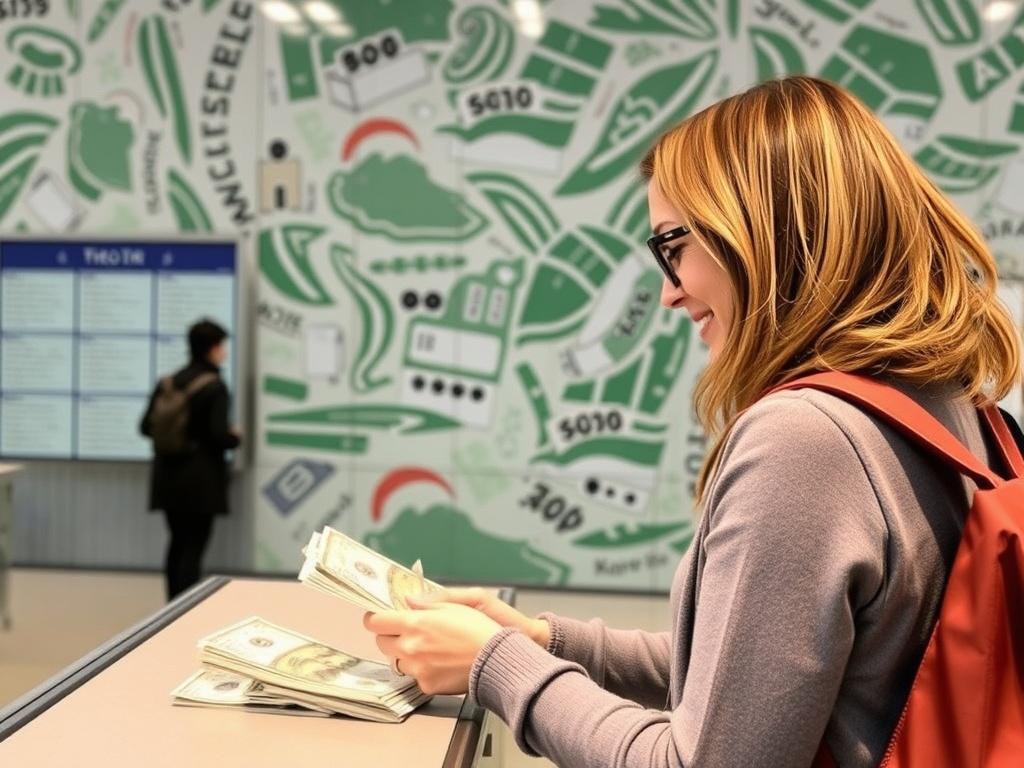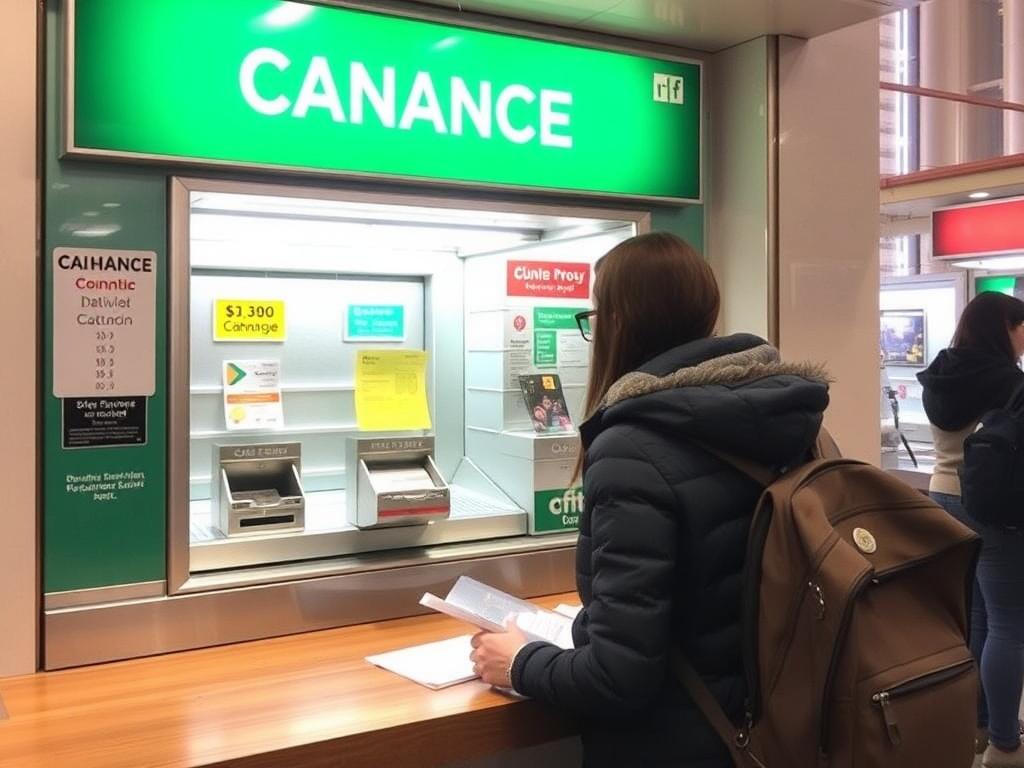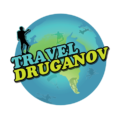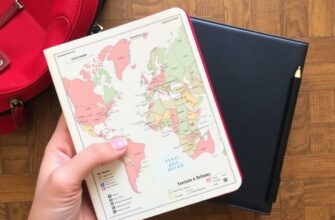Traveling alone is one of the most liberating and enriching experiences one can have. You get to set your own pace, explore hidden gems, and meet new people on your terms. However, with all that freedom comes a few challenges, and one of the biggest is managing currency exchange as a solo traveler. Whether you’re hopping between countries with different currencies or simply trying to stretch your travel budget, understanding how to handle money abroad is essential. In this article, we’ll walk through every aspect of currency exchange, helping you avoid common pitfalls and keep your finances safe and flexible.
Why Currency Exchange Matters More Than You Think
When you’re traveling, especially solo, managing your money well is paramount. Currency exchange isn’t just about swapping dollars for euros or yen—it’s about making your money work for you. Poor exchange rates, hidden fees, and unsafe handling can quickly turn your travel budget upside down. Since you’re on your own, you don’t have a backup if something goes wrong, so being smart about money means you can focus more on enjoying your journey rather than stressing over finances.
Many travelers underestimate how important understanding currency exchange is. Picture this: You arrive in a new country and withdraw cash from an ATM, only to discover later that you were charged a hefty foreign transaction fee. Or maybe you exchanged money at the airport kiosk without knowing the rates were poor, losing precious funds. These scenarios happen all the time but are avoidable with a little know-how.
Preparing Before You Leave: The Key to Smart Currency Exchange
Preparation is the foundation of effective money management on the road. Before you leave, spend some time researching the best ways to handle currency exchange in your destination countries.
Research Exchange Rates and Fees
Exchange rates fluctuate daily, influenced by global economic factors. Websites and apps like XE.com, OANDA, and Currency Converter give up-to-date rates. Knowing the approximate rate before you travel helps you spot scams or bad deals when exchanging money.
Additionally, research any fees associated with converting currency. Banks and exchange bureaus often charge commissions or add a margin to the exchange rate. Some credit cards and ATMs charge foreign transaction fees, so it’s important to read the fine print.
Choose Your Currency Exchange Strategy
There isn’t a one-size-fits-all approach; your choice depends on your destination, duration, and personal preferences. Here are some common methods solo travelers use:
- Exchanging cash before departure: Buying foreign currency at your home bank or airport is convenient but often comes with higher fees and less favorable rates.
- Using ATMs abroad: Often provides competitive exchange rates but watch out for withdrawal and foreign transaction fees.
- Credit and debit cards: Many cards offer zero foreign transaction fees and good rates, but ensure your cards are accepted in your destination.
- Currency exchange bureaus: Typically found in airports and cities, these can be useful but often have worse rates than banks.
- Digital banking and travel cards: Services like Revolut, Wise, and N26 provide multi-currency accounts with real-time exchange rates and low fees.
Notify Your Bank and Set Up Travel Alerts
Let your bank and credit card companies know you’ll be traveling so they don’t flag your transactions as suspicious. It’s a simple step that can save you the inconvenience of frozen cards, especially when you really need money on the go.
Managing Currency Exchange During Your Trip

Once you’ve landed and are ready to explore, the practical aspects of managing currency exchange kick in. Here are the best tips to keep your funds safe, accessible, and optimized.
Withdraw Cash Smartly
ATMs tend to offer good exchange rates, but solo travelers should take precautions:
- Use ATMs located in banks or secure, well-lit areas to avoid scams.
- Avoid frequent small withdrawals; instead, withdraw a larger amount to minimize fees.
- Check your bank’s partner ATMs abroad—sometimes they waive fees between partners.
Keep Multiple Payment Options
Relying solely on cash is risky, as is depending purely on cards. The best approach is to carry a mix:
| Payment Method | Pros | Cons | Best Use |
|---|---|---|---|
| Cash | Accepted everywhere, useful for small purchases and tipping | Risk of theft, tough to carry large amounts | Small daily expenses, markets, remote areas |
| Credit Card | Strong fraud protection, good exchange rates, no cash needed | Some vendors don’t accept cards; foreign transaction fees possible | Hotels, restaurants, big stores |
| Debit Card | Easy ATM withdrawals, linked to your bank account | Potential ATM fees, less fraud protection | Getting cash from ATMs |
| Prepaid Travel Cards | Lock in rates early, safer than cash | Reloading can be complicated; fees may apply | Budgeting and security |
Be Wary of Dynamic Currency Conversion
When paying by card, some terminals offer to charge you in your home currency instead of the local currency. This sounds convenient but usually involves poor exchange rates and additional fees. As a solo traveler, always choose to pay in the local currency to avoid this trap.
Practice Safe Money Handling
As a solo traveler, you’re your own bank. Keep your cash, cards, and identification secure. Use money belts or hidden pouches and avoid flashing large sums of money in public. If possible, store backup cards and emergency cash separately from your main wallet to minimize risk in case of loss or theft.
Advanced Tips for Smart Currency Exchange
If you want to take your currency exchange skills to the next level, here are some tips used by seasoned solo travelers.
Leverage Technology
Several apps and platforms provide real-time exchange rates, currency conversion calculators, and alerts for the best times to exchange money. Setting up these apps on your smartphone helps you make informed decisions as you travel.
Understand Local Payment Customs
Different countries have different norms when it comes to paying for services, tipping, and preferred payment methods. For example, some places are still very cash-based, while others rely almost exclusively on cards or mobile payments. Knowing this ahead of time lets you prepare the right mix of currencies and cards.
Consider Multi-Currency Bank Accounts
Opening a multi-currency account with banks or fintech providers before traveling can save you money. These accounts allow you to hold and convert multiple currencies at competitive rates and use linked cards to pay directly in the local currency.
Common Currency Exchange Mistakes to Avoid
Being aware of typical missteps is half the battle. Here are some common errors solo travelers make:
- Exchanging all your money at once: Exchange only what you need initially to stay flexible and take advantage of better rates later.
- Using airport currency exchanges exclusively: They often have the worst rates and highest fees.
- Ignoring fees: Always check both explicit transaction fees and hidden fees in the exchange rates.
- Failing to keep receipts: Keep currency exchange receipts until you leave the country to avoid issues reconverting leftover cash.
- Neglecting to notify banks about travel: This can result in frozen accounts when trying to access money abroad.
Quick Checklist Before Currency Exchange
| Verify current exchange rates | Check for any hidden fees |
| Confirm card and ATM acceptance in destination | Notify your bank of travel dates and locations |
| Prepare emergency cash reserves | Download currency converter apps |
| Know local cash vs. card preferences | Understand tipping and transaction customs |
Case Studies: Currency Exchange in Popular Destinations
Let’s look briefly at how currency exchange can vary between some popular solo travel hotspots.
Europe (Eurozone and beyond)
Europe’s widespread use of the euro simplifies currency exchange for many countries. Travelers can use cards almost everywhere, and ATMs are abundant. Beware of fees when using cards and consider having some euros cash for small purchases and public transportation.
Japan
Japan still leans heavily on cash for many daily transactions, so solo travelers should bring enough cash or withdraw from international ATMs (7-Eleven and Japan Post ATMs usually accept foreign cards). Currency exchange booths in airports offer poor rates, so plan accordingly.
South America
Exchanging money can be tricky due to fluctuating rates and different currencies in each country. Black market or “blue dollar” rates sometimes offer better value but carry risk. Using a multi-currency card and pulling cash from bank ATMs is usually a safe choice.
South East Asia
Countries such as Thailand, Vietnam, and Indonesia vary a lot in currency exchange norms. Cash is king in many places, so expect to carry local currency. Exchange bureaus outside airports often have better rates. Always carry smaller bills to avoid issues with vendors.
Final Thoughts on Managing Currency Exchange as a Solo Traveler

In summary, managing currency exchange as a solo traveler requires a blend of preparation, flexibility, and vigilance. By understanding exchange rates, planning your approach, diversifying your payment methods, and staying alert to fees and scams, you’ll keep your money safe and accessible. Remember, it’s not about having the most money—it’s about getting the most value from your money. Use the tools and tips outlined here to confidently navigate currency exchange and focus on what truly matters: the incredible adventures waiting for you on the road.
Conclusion

Managing currency exchange as a solo traveler might seem daunting at first, but with the right knowledge and preparation, it becomes an empowering part of your journey rather than a stressor. By researching ahead, leveraging technology, mixing your payment options wisely, and avoiding common mistakes, you’ll protect your budget and enhance your travel experience. Solo travel is about freedom and discovery, so don’t let financial worries hold you back. Instead, take control of your currency exchange strategy, and let your adventures unfold with confidence and peace of mind. Safe travels!









